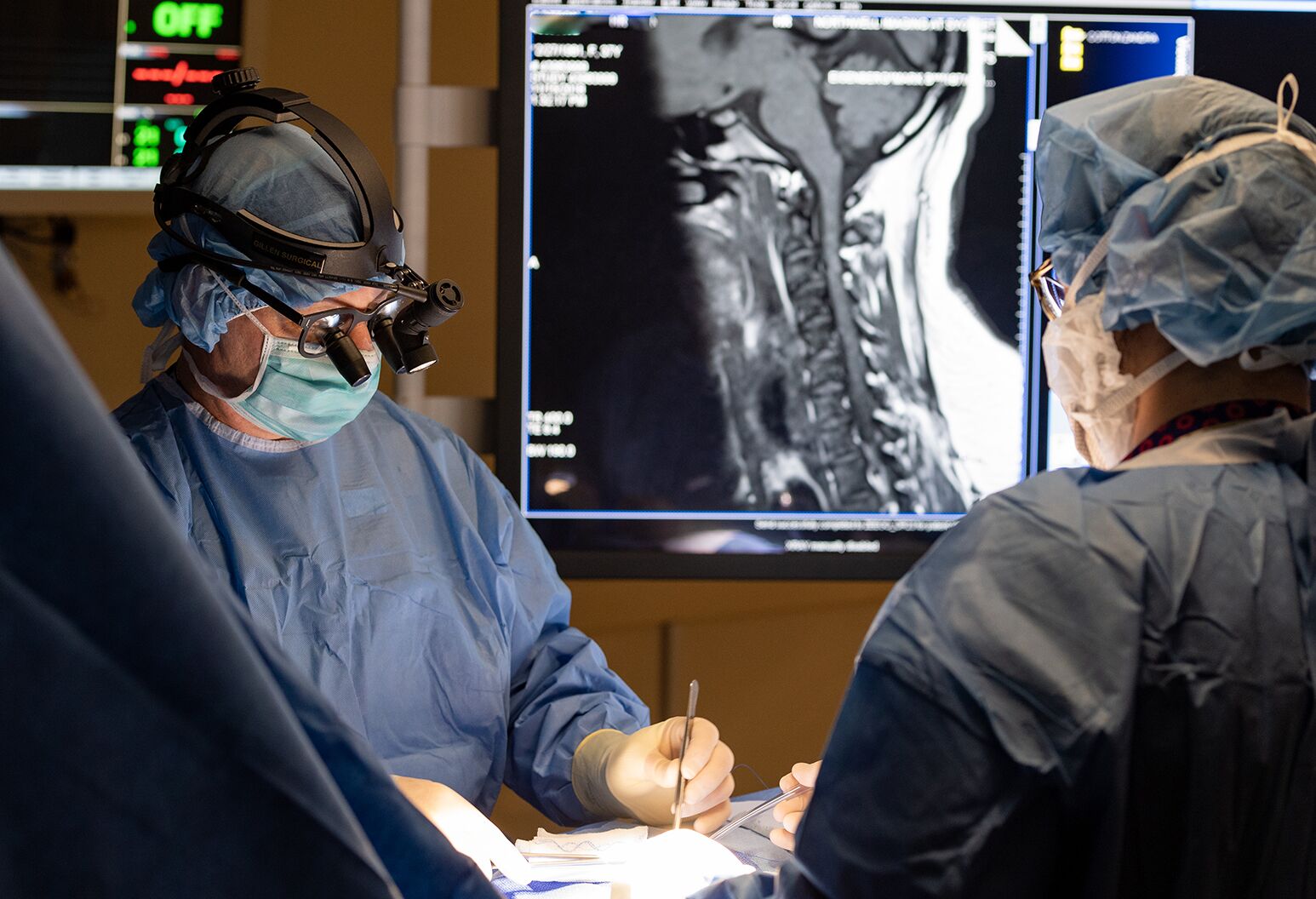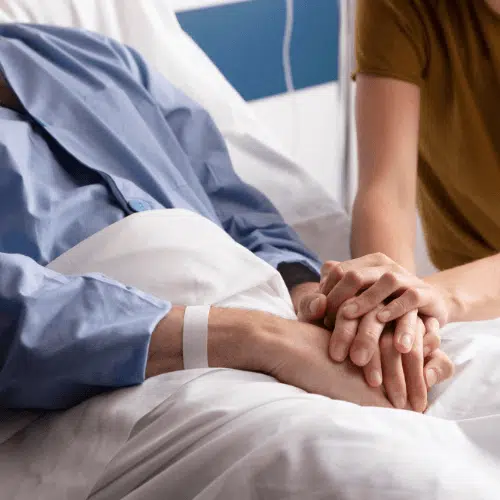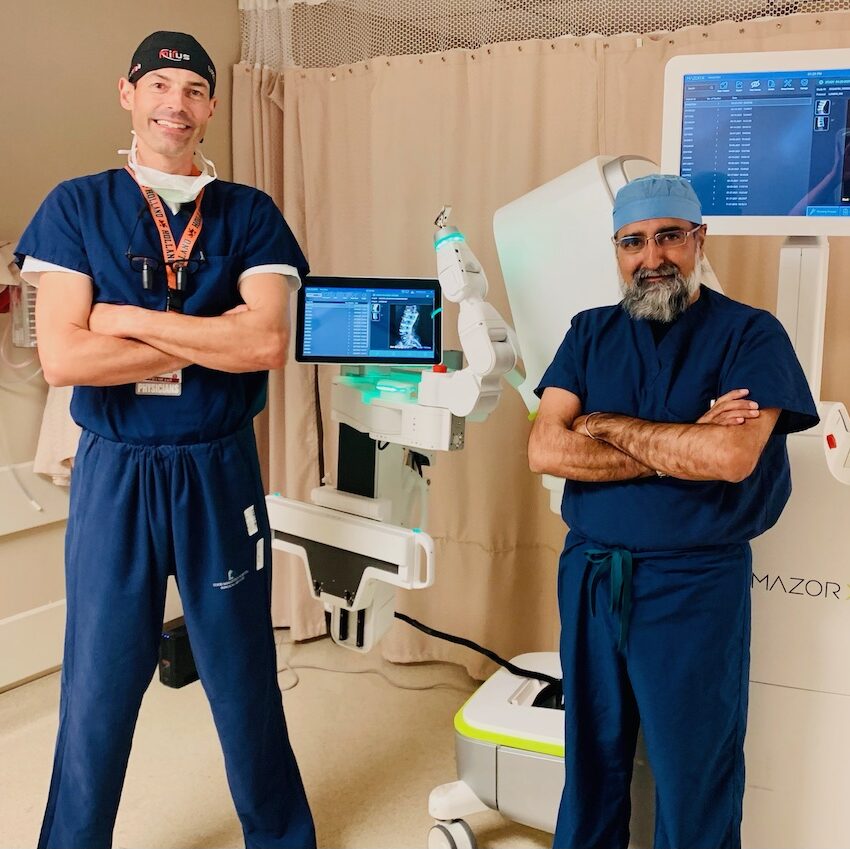A Summary of Spinal Column Conditions That Usually Lead To Surgical Therapies
When conventional therapies fall short to minimize relentless signs,Spinal column conditions such as herniated discs, back constriction, and degenerative disc condition regularly necessitate medical interventions. These conditions not only result in considerable discomfort however can additionally severely hinder day-to-day performance and general lifestyle. Recognizing the nuances of each condition and the equivalent medical alternatives, such as discectomy or spinal fusion, is essential for efficient management. As we check out these conditions even more, it ends up being noticeable that the decision-making process surrounding surgical treatment is multifaceted and warrants mindful factor to consider.
Herniated Discs
Although many people with herniated discs might locate relief with conservative treatments, surgical procedure comes to be a needed factor to consider when symptoms continue or get worse - best spine surgeons in st louis mo. A herniated disc happens when the soft inner gel of a spine disc sticks out through its outer layer, possibly leading and compressing close-by nerves to pain, numbness, or weakness in the extremities
Conventional administration generally includes physical therapy, discomfort medicines, and corticosteroid injections, which aim to decrease inflammation and boost feature. In cases where these techniques fall short to minimize incapacitating symptoms, medical alternatives might be checked out.
One of the most typical surgery for herniated discs is a discectomy, which entails the removal of the herniated portion of the disc to ease pressure on the influenced nerve root. In much more severe cases, spine blend may be needed to support the impacted vertebrae.
Clients are advised to review the possible dangers and advantages of surgery with their medical care service provider to make a notified choice. Inevitably, the goal of any kind of surgical treatment is to recover function, minimize pain, and enhance total quality of life for people suffering from herniated discs.
Back Stenosis
Spine stenosis occurs when the spaces within the back narrow, bring about raised pressure on the spine and nerves. This condition can establish in various areas of the back, including the cervical and lumbar areas, frequently due to age-related modifications, such as degenerative disc condition, arthritis, or thickening of tendons.
Patients with spine stenosis might provide with signs and symptoms that consist of discomfort, tingling, prickling, or weakness, primarily in the legs or arms. These signs and symptoms can be exacerbated by tasks that include standing or walking, commonly leading individuals to look for alleviation via conventional treatments like physical treatment, medications, or epidural steroid injections.
Nevertheless, when these non-surgical interventions fall short to give appropriate alleviation, surgical choices might be considered. Usual medical treatments for spine stenosis include laminectomy, which includes the elimination of part of the vertebra to reduce stress, and back blend, which supports the afflicted location.
Spondylolisthesis
Spondylolisthesis happens when one vertebra slips forward over one more, resulting in misalignment of the spine. This condition can arise from numerous factors, including congenital flaws, injury, or degenerative modifications in the spine. It is most frequently observed in the lumbar area, specifically at the L4-L5 and L5-S1 degrees.

Treatment alternatives vary based upon the intensity of the slippage and the signs presented. Conventional measures, consisting of physical therapy, pain monitoring, and task adjustment, are often the initial line of protection. When non-surgical methods fall short to eliminate signs and symptoms or when considerable nerve compression is existing, medical intervention might be called for. Surgical alternatives can include spine fusion or decompression treatments, focused on recovering alignment and reducing neurological symptoms. Early medical diagnosis and ideal monitoring are critical for optimum results in patients with spondylolisthesis.
Degenerative Disc Condition

Clients with DDD typically experience pain that may radiate to the legs or arms, depending upon the influenced area of the spinal column. The condition can be diagnosed via a mix of professional assessment, imaging studies, and client background. Therapy alternatives generally start with conventional procedures, consisting of physical therapy, discomfort administration, and lifestyle alterations. When these methods stop working to offer adequate relief, surgical interventions may be thought about.
Surgical options for DDD might consist of spine fusion or man-made disc substitute, targeted at stabilizing the influenced section and alleviating discomfort (best spine surgeons in st louis mo). Inevitably, the choice of therapy is embellished, considering the severity of the condition, patient wellness, and way of life factors
Spinal Lumps

Spinal tumors can arise from different aspects, including hereditary predisposition, environmental influences, and pre-existing clinical conditions. Patients might provide with a variety of signs and symptoms, consisting of localized pain, neurological deficits, weak point, or modifications in bowel and bladder function, depending on the tumor's size and place.
Surgical treatment might be necessitated to alleviate signs, acquire a biopsy, or eliminate the tumor entirely. The goal of surgical treatment is usually to decompress neural elements and stabilize the spine. Early discovery and intervention are important for maximizing end results in people with spine lumps.
Verdict
In recap, back conditions such as herniated discs, spinal constriction, spondylolisthesis, degenerative disc illness, and spine tumors frequently require medical intervention as a result of their potential to create significant discomfort and practical impairment. While conventional treatments may offer short-lived relief, surgical choices end up being important when signs persist or get worse. Prompt medical diagnosis and intervention play a vital duty in restoring feature and improving the lifestyle for damaged people, underscoring the relevance of extensive back care.
